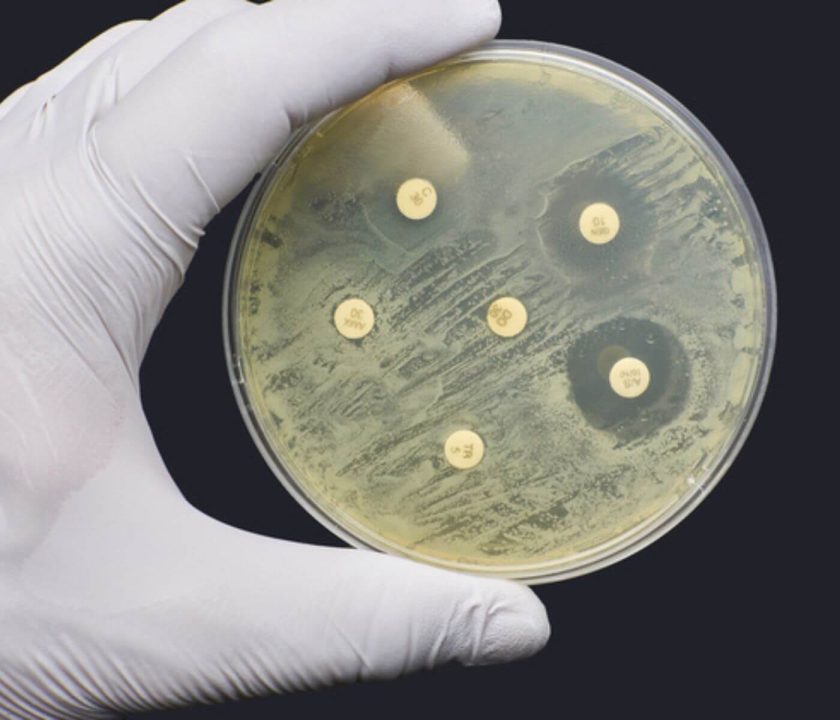Contenido disponible en: Español (Spanish)
The development and evolution of antibiotic resistance by some microorganisms, in this case Salmonella spp., generates growing concerns both in veterinary medicine and in public health, given that it is the second most important zoonotic pathogen according to the European Safety Authority Alimentaria (EFSA), with a rate of 20.1% cases per 100,000 people (EFSA, 2019).
Food of animal origin, specifically poultry products such as meat, eggs and egg products, continue to be identified as one of the main routes of infection in humans. The importance of Salmonella is amplified with the appearance of resistant (to at least 1 family of antibiotics) and multi-resistant strains (to 3 or more families of antibiotics). Although most cases of salmonellosis in humans are self-limiting and do not need treatment, in severe cases or immunocompromised patients, the use of antibiotics may be necessary, so the appearance of these resistances can cause an increase in treatment failures, greater severity of infections and higher mortality rate.
BACTERIAL STRAINS
Exactly 330 different strains were used, isolated at the field level in 3 diverse productions between the periods of 2015-2017:
- turkeys (86 strains)
- chickens (198 strains)
- laying hens (46 strains)
TO CONTINUE READING REGISTER IT IS COMPLETELY FREE Access to articles in PDF PDF
Keep up to date with our newsletters
Receive the magazine for free in digital version REGISTRATION ACCESS
YOUR ACCOUNT LOGIN Lost your password?

